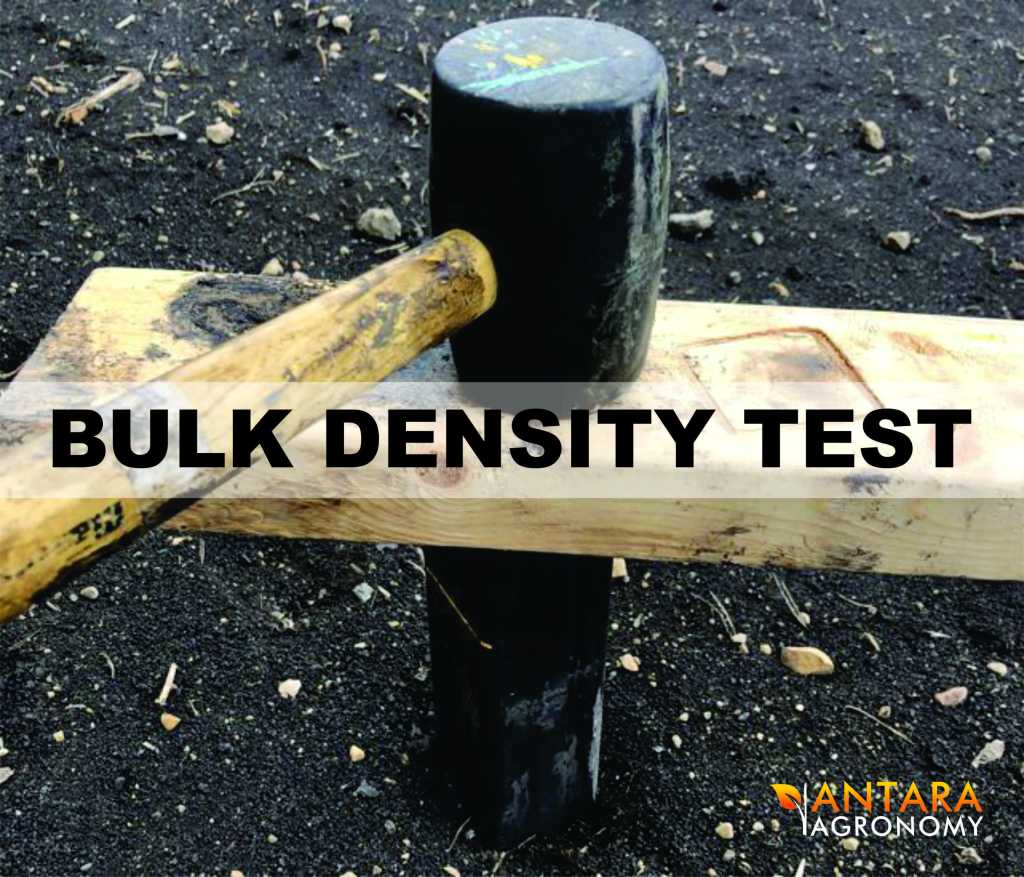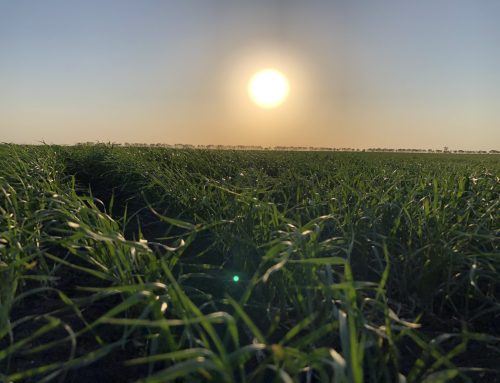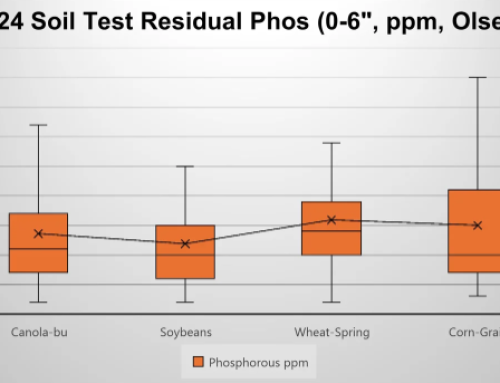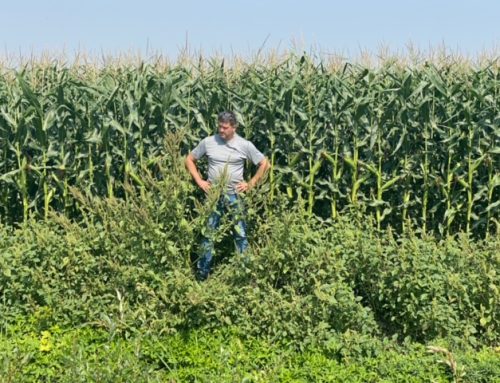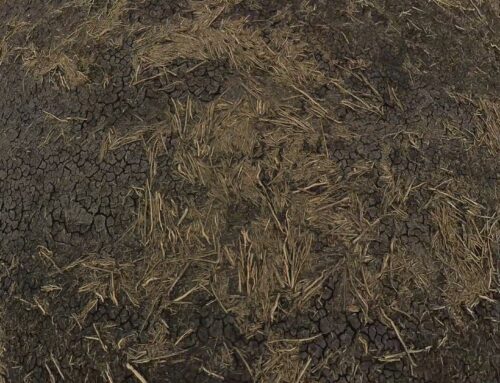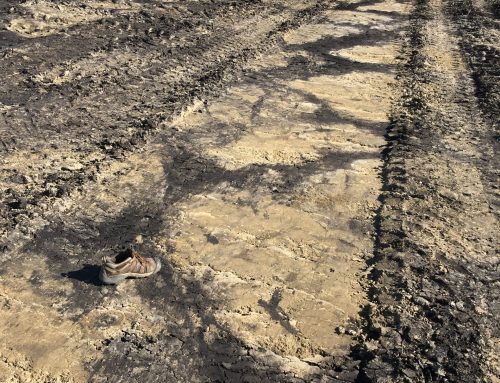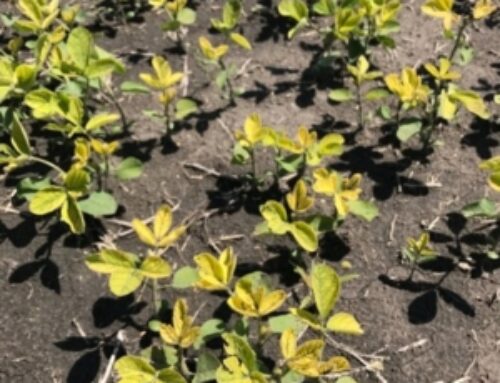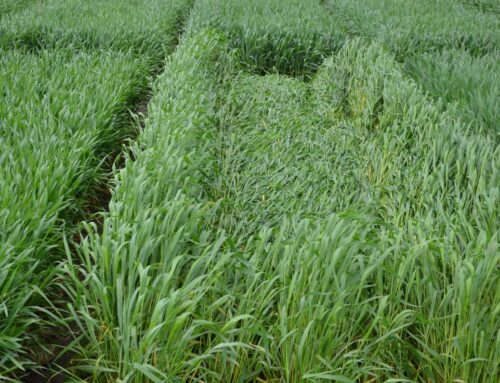With all the buzz around soil health in the recent years Brunel asked me look into a few tests producers can perform in the field to start assessing their own fields and variability. Slake, Infiltration and Bulk Density (BD) are 3 tests that are fairly easy to do on the farm with a few simple tools.
*This article was prepared and written for us by Rachel Neumann. Rachel farms near Emerson, MB, and helps us during the winter months with data processing and crop planning activities.
1. The Slake Test
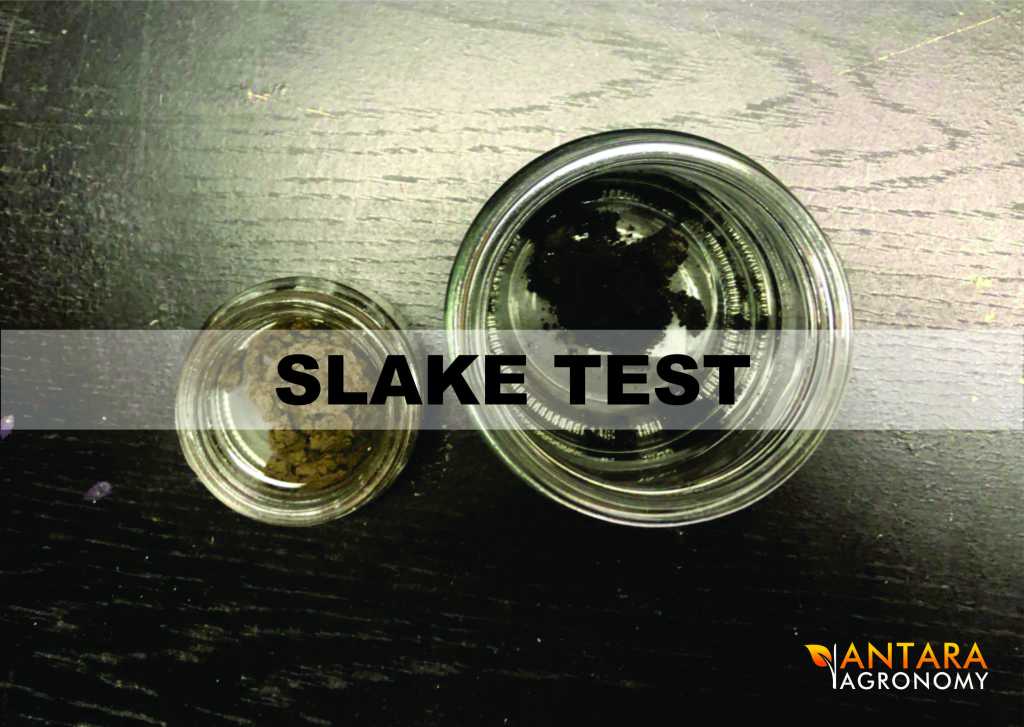
Slake is a term used when aggregates are not strong enough to withstand a rapid amount of water. “A slake test measures the stability of soil when exposed to rapid wetting.” The slake test measures how well the soil can take the impact of raindrops and can help us see how our soils are reacting during and after a heavy rainfall event.
Common practices that lead to slaking are:
- Conventional tillage methods
- Removal of crop residues (burning, bailing)
- Using pesticides that are harmful to soil organisms
Practices that we can implement to reduce slaking are:
- Reducing soil disturbance & tillage
- Seeding cover crops
- Conservation crop rotation – anything that builds aggregate stability??
The slake test can be done in a few simple steps:
- Get 2 clear cups and fill them ¾ full of water (or a mason jar).
- Take a mesh screen and mould it so it makes a U shape in the container. (DO NOT make it into a V shape as it tends to hold the soil in place.)
- You will need a piece of top soil from 2 different places: 1 from a tilled area and 1 from an area that is no till (like grass). The top soil piece should be a size about as big as your palm.
- Place the pieces of soil in water at the same time and remember which soil is from which area.
- It will be common that the soil from the tilled area will start falling apart vs the soil from the no till area.
Here are 3 great web resources describing the slake test:
- Video, only 1:47 minutes: https://www.youtube.com/watch?v=z8xj5EiNNRo
- Step by step from Ohio State University: https://agcrops.osu.edu/newsletter/corn-newsletter/2018-10/using-slake-test-determine-soil-crusting
- Step by step from the USDA: https://www.asec.purdue.edu/natural_resources/Soil,Health/Activities/HowToSlakeTest.pdf
2. The Infiltration Test
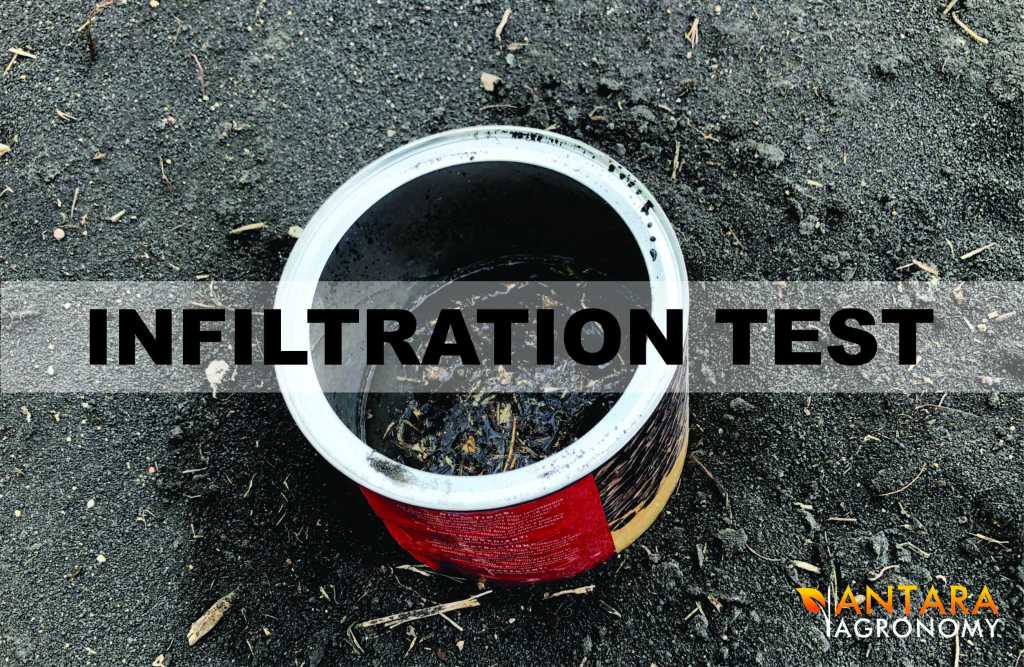
Soil infiltration is the soils ability to allow water movement through the profile. This helps the soil store water for the crop. There is a sweet spot to infiltration rates. If water moves too slow, this leads to ponding, runoff, and surface erosion. If water infiltrates too fast, nitrate-nitrogen and pesticides can leach. The right infiltration rate allows for soil to store available water for plants and the recharge of ground water.
In the Red River Valley we are already at a disadvantage because of our clay soils. Think of clay soils like plates. They can stack together really well and not let a lot of water through. Sandy soils on the other hand are like beach balls, easy for water to move through. But get this, depending on the amount and type of clay, we can have high infiltration rates. This is due to the shrink swell cycles. The cracks can act like pipelines for water.
We shouldn’t always be happy to see rain. If there isn’t a protective layer over the soil, like residue or vegetative matter, raindrops can dislodge soil practices, which then fill in and block pores equalling soil crusts. Compacted soils have less pore space and restrict water movement.
Scary stuff? Solutions won’t be completed in the short term. Patience is needed for improving and maintaining soil infiltration rates. Practices that will improve infiltration are increasing organic matter, less soil disturbance, avoiding working with wet soils, controlled traffic, reducing passes across the field, solid manure, and crop rotations with high residue crops.
The infiltration test is a little more complicated than the slake test:
- A ring needs to be pushed into the soil. Use a wooden block to help evenly push the ring into the soil. At least 5cm (2 inches) of the ring has to by in the soil at all places. You can mark the ring before to ensure proper depth.
- Spread plastic over the ring and gently pour water in. The bag is used for even release and adsorption of the water.
- Pull the plastic bag away and at the same time start a stopwatch. Time until all visible water is gone and record the time.
- Repeat steps 2 & 3. The 1st amount of water used is to get the soil wet. The 2nd time is the real to see how well the soil is infiltrating the water.
Here are some resources for water infiltration:
- Video from the Ontario government on how to do an infiltration test: https://www.youtube.com/watch?v=UeXiI1Bpbgo
- Ray the Soil Guy demonstrating an infiltration test: https://www.youtube.com/watch?v=Zb9CZuBIV18
- Step by step from Healthy Lake Huron: http://www.healthylakehuron.ca/assets/files/Water_Infiltration_MVCA_Healthy_Lake_Huron.pdf
- Step by step from Michigan State University: https://www.canr.msu.edu/news/determining_soil_infiltration_rate
- Explanation of soil infiltration from Ohio State University: https://agcrops.osu.edu/newsletter/corn-newsletter/2018-03/soil-infiltration
- Explanation of soil infiltration from the USDA: https://www.nrcs.usda.gov/Internet/FSE_DOCUMENTS/nrcs142p2_053268.pdf
3. Soil Bulk Density:
Soil bulk density (BD) is simply the weight of soil in a given volume (like a bushel weight). We want to have a low bulk density. As the bulk density number increases, compaction is increasing and porosity is decreasing (which is bad). The bulk density test is a test for compaction, and also an indicator of soil health.
Bulk density affects infiltration, nutrient availability, water holding capacity, rooting depths, and soil micro-organism activity.
In spring is the lowest BD of the topsoil, after soils have thawed and before tractors get on the field. You can help decrease your soil bulk density with management practices that help increase organic matter, soil cover & structure, decrease compaction and increase porosity. A good start would be decreasing tillage. Excessive tillage weakens the stability of aggregates, giving them greater susceptibility to wind and water erosion.
Here are some resources for bulk density:
- Background on what BD is from the USDA: https://www.nrcs.usda.gov/Internet/FSE_DOCUMENTS/nrcs142p2_053260.pdf
- Video on how to collect a bulk density sample from Iowa NRCS: https://www.youtube.com/watch?v=JQav_fx69aU
- How high BD can be caused & practices to help manage it: http://soilquality.org/indicators/bulk_density.html
- Good review of the different properties of soil, like a mini textbook: https://passel2.unl.edu/view/lesson/0cff7943f577
This article just touches the surface of this topic. I hope you find these links interesting, useful and thought provoking. I am excited to try these tests on my own farm as the soil warms up!
Rachel

